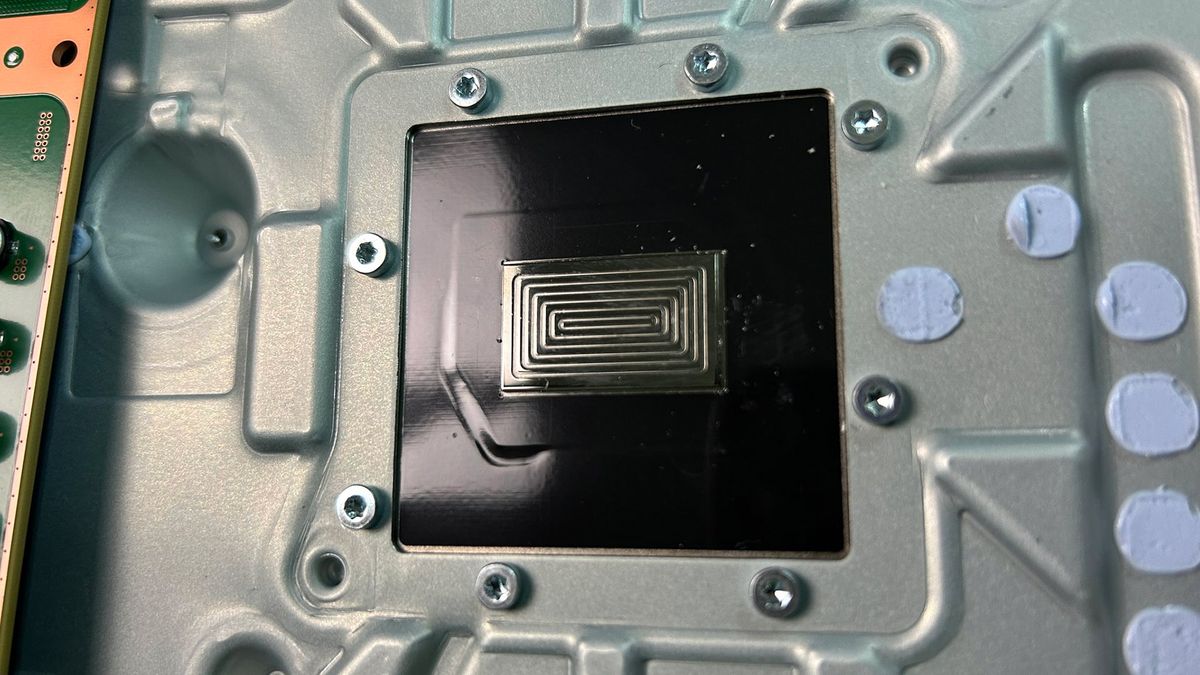The U.S. government on Thursday revoked U.S. export curbs that required American companies to obtain licenses to provide chip design software to customers in China, as part of an agreement intended to ease bilateral trade tensions around advanced technologies, reports Bloomberg. In exchange, China will ease export controls on rare earth materials.
The Commerce Department formally informed Cadence Design Systems, Siemens EDA, and Synopsys that they no longer needed government approvals to offer their electronic design automation (EDA) products to Chinese entities. As a result, all three companies can immediately reinstate access to their tools for Chinese chipmakers, which can now continue designing their processors using world-class EDA tools. This is crucially important for companies in China, as design software from Cadence, Siemens, and Synopsys is by far more versatile than tools developed in China.
"On July 2, Synopsys received a letter from the Bureau of Industry and Security of the U.S. Department of Commerce informing Synopsys that the export restrictions related to China, pursuant to a letter received on May 29, 2025, have now been rescinded, effective immediately," a statement by Synopsys reads. "Synopsys is working to restore access to the recently restricted products in China. Synopsys is continuing to assess the impact of export restrictions related to China on its business, operating results and financials."
The U.S. had implemented export restrictions on chip design tools in May in response to China's curbs on exporting certain rare earth materials vital for industrial and defense applications. Under a deal finalized last week, the U.S. committed to allowing sales of chip development software, ethane shipments, and aircraft engines, assuming Beijing honored its pledge to accelerate permits for critical minerals.
As a result of the deal, China secured a significant symbolic victory by getting the U.S. government to include export regulations — something typically considered a security issue rather than a commercial bargaining chip — in the scope of trade negotiations.
When the measures targeting EDA products were introduced in May, it left the chip design software industry puzzled, as there was almost no guidance about which activities remained permissible, which essentially made them stop all of their activities in China. This lack of detail contrasted with the usual extensive consultation process that accompanies such export control actions. Eventually, DoC's economic advisor Kevin Hassett hinted that some semiconductor-related controls might be loosened.
Truth be told, even now it is not completely clear whether the U.S. government has lifted all EDA software export restrictions to China, which includes programs intended to design chips made on 14nm/16nm-class DRAM and logic technologies, or just those that are not restricted by other regulations.
Analyst Ryan Fedasiuk, a former State Department China adviser, noted that EDA software had been among the last foreign technologies still accessible to companies like Huawei, which relies on these tools to design its upcoming processors. Even with market access restored, U.S. firms now face uncertainty that Chinese companies may pursue local alternatives or diversify suppliers to avoid future disruptions.
Follow Tom's Hardware on Google News to get our up-to-date news, analysis, and reviews in your feeds. Make sure to click the Follow button.

 4 months ago
81
4 months ago
81






 English (US) ·
English (US) ·